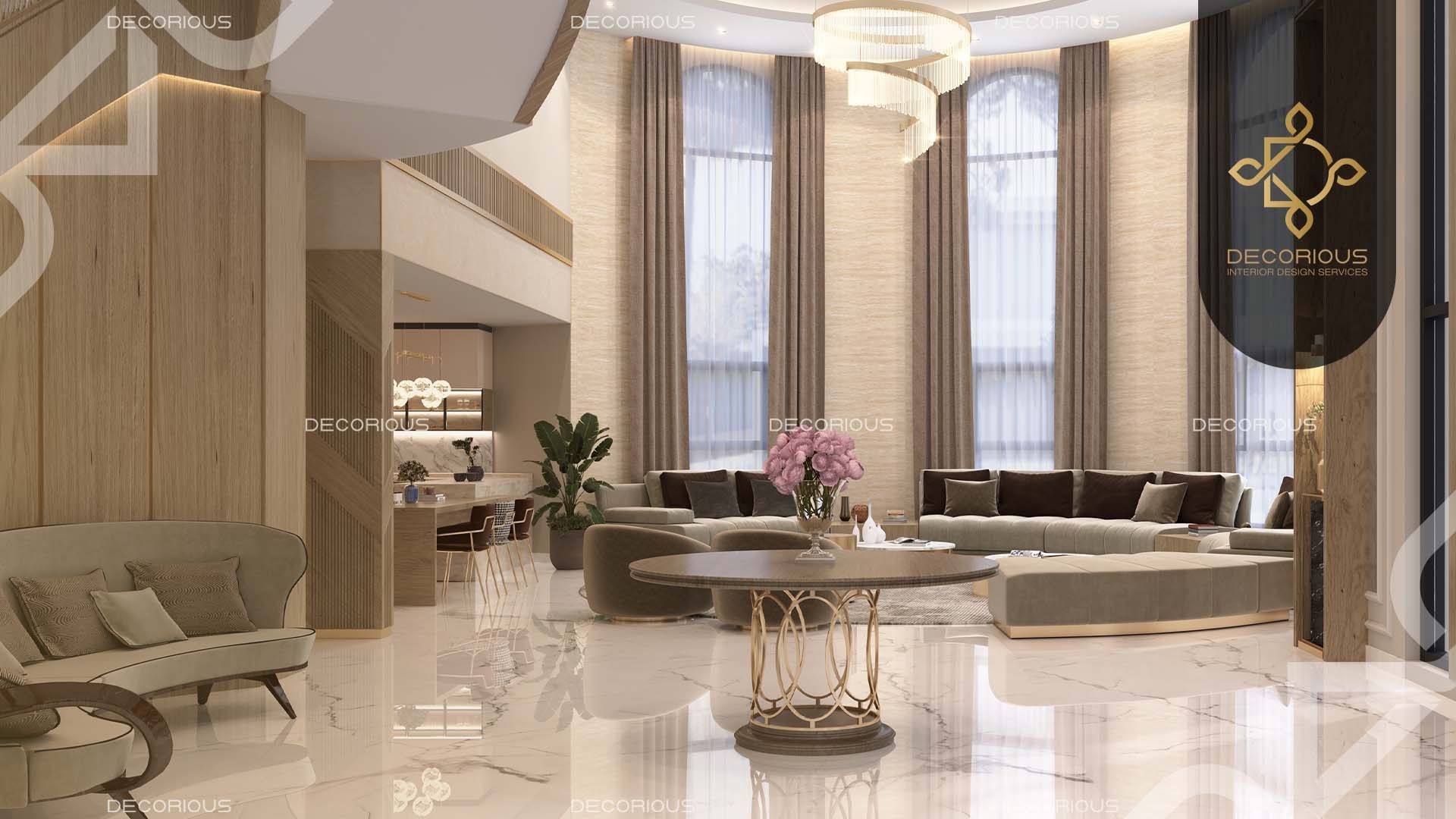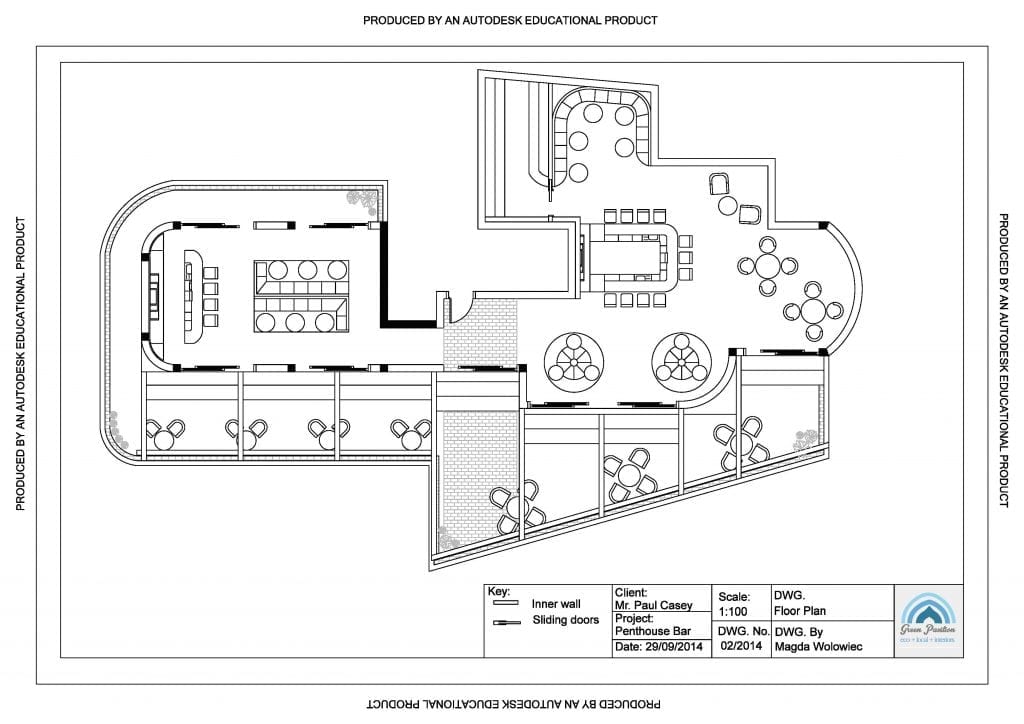Maximizing Visual Appeal: The Synergy In Between Interior Design and Home Designer Strategies
Comprehending the subtle interplay between interior design and home design can substantially elevate the visual appeal of a living space. This marriage of design self-controls entails a thoughtful integration of building elements with interior layouts, and a proficient application of principles such as rhythm, comparison, and equilibrium. As we discover this harmony, we will certainly reveal means to produce visually striking and functional settings that not only show personal design, however additionally adapt to the dynamic requirements of contemporary living.
Recognizing the Fundamentals: Defining Interior Design and Home Design
Interior design and home design, typically intertwined, represent the structural and visual aspects of our living areas. Inside style is a multifaceted self-control that involves creating useful, secure, and visually pleasing areas inside a building. On the various other hand, home architecture mainly concentrates on the solid structure of a building.
The Harmony Explained: Exactly How Indoor Design and Home Style Intersect
Recognizing the harmony between interior decoration and home architecture can unlock a world of creativity and functionality. The impact of design on interiors is a critical facet to think about when discussing this crossway - Luxury home architect. This discussion will certainly concentrate on the unifying layout principles that blend these two areas into an unified whole
Unifying Design Principles
While it may seem that interior style and home style are two unique self-controls, they are in fact deeply interconnected, creating a harmony that is important for producing unified living rooms. Unifying design concepts are the pillars that facilitate this symbiosis. In essence, these principles serve as the bridge, unifying indoor layout and building methods.
Architectural Influence on Insides
When one takes into consideration the building impact on insides,The intertwining of interior design and architecture ends up being even much more apparent. Building components are innate to a space's functionality and looks, forming the layout from the start. Columns, staircases, arches or light beams, as an example, serve both structural and attractive functions. They can divide rooms, produce centerpieces or imbue a space with a particular vibe. Factor to consider of proportion, appearance, and light likewise stem from building impacts. Eventually, architecture mold and mildews the canvas upon which indoor designers work. Their harmony is hence undeniable: design establishes the structure, which indoor style boosts with decor, texture, and shade. This cooperative partnership ensures an unified equilibrium between feature and beauty, enhancing the visual charm of any area.
Secret Concepts in Balancing Interior Design and Home Design
Striking an equilibrium in between capability and aesthetic appeal is an essential aspect of integrating indoor design and home style. A similarly essential concept is the assimilation of sustainable layout to create environment-friendly and energy-efficient homes. Finally, understanding and exploring various building designs can likewise play an important role in achieving an unified layout.

Balancing Performance and Aesthetics
Stabilizing performance and aesthetic appeals in interior layout and home style emerges as one of the critical principles to take into consideration. Looks uplifts the state of mind and impacts the assumption of area, whereas functionality ensures functionality and comfort. Just as important is the reliable plan of the space, with a well-planned format contributing substantially to the harmony between capability and aesthetics.
Lasting Design Integration
In maintaining the balance between capability and looks, one should additionally consider the assimilation of lasting layout principles. This strategy not only improves the aesthetic charm of a room but additionally ensures its durability and reduced ecological impact. The crucial depend on picking materials that are eco-friendly, durable, and appealing. This includes natural, recycled, or low-impact products that add to a healthier and more lasting globe. Designers and developers can also integrate energy-efficient systems, such as solar panels or energy-saving devices. Furthermore, making certain good indoor air high quality via enough all-natural lights and ventilation is crucial. For that reason, a harmonious blend of indoor design and home architecture, guided by sustainability, can create spaces that are lovely, useful, and eco-friendly.
Exploring Building Designs
While there are a huge selection of architectural designs to check out, it is necessary to recognize that each one carries its special principles that can significantly affect the harmonization of indoor style and home design. These designs, ranging from the ornate Baroque to the minimalist Modernist, carry unique viewpoints and visual appeals that, when correctly understood and made use of, can produce homes that are not just visually magnificent however additionally harmoniously incorporated in regards to design and style. Selecting a Source building design is not merely regarding individual aesthetic choice; it has to do with selecting a design language that talks to the property owner's way of life, philosophy, and ambitions, producing a home that is a real reflection of its citizens.
Instance Studies: Phenomenal Examples of Style and Style Synergy
Delving right into some exceptional case research studies gives a profound understanding of exactly how style and architecture can harmoniously merge to develop compelling and practical rooms. Wright's design masterfully integrates the residence with its surrounding landscape, while the indoor mirrors the outside's natural kinds. These instances illustrate the importance of harmony in between interior style and design in accomplishing practical and aesthetic success.
Practical Tips: Enhancing Your Home's Visual Allure
Attracting motivation see post from the case research studies of architectural and layout harmony, homeowners too can execute some functional strategies to enhance their home's visual charm. A harmonious mix of shades, textures, and lights can enhance a space, creating a cozy and inviting environment. Ultimately, the aesthetic appeal exists in balancing performance with layout, developing a home that is both lovely and comfortable.

Future Trends: How Modern Techniques Are Transforming Interior Design and Design
As the world progresses, so do the patterns in interior decoration and design. Modern strategies are significantly concentrating on sustainability, including energy-efficient layouts and green materials. Modern technology plays a critical function, with wise homes coming to be the norm, integrating AI and IoT for improved performance. In addition, minimalism remains to gain traction, highlighting simplicity, capability, and clutter-free areas. This is commonly coupled with biophilic layout, drawing motivation from nature and advertising wellness. Moreover, the pandemic has sped up the requirement for flexible, multi-purpose areas, blurring the lines between work and home. These more information fads mirror a change towards styles that are not just visually pleasing, yet additionally environmentally conscious, technically advanced, and adaptable to transforming way of livings.
Conclusion
Finally, the combination of interior decoration and home architecture techniques is a vibrant method to enhancing aesthetic appeal. By leveraging vital principles like equilibrium, comparison, and rhythm, and incorporating aspects of modern-day living, designers can create versatile, aesthetically pleasing atmospheres. With comprehending this harmony, house owners can make enlightened choices that not just raise their living rooms however additionally contribute to their total health.
Comprehending the subtle interplay between indoor design and home style can significantly raise the aesthetic charm of a living room.Indoor design and home style, often intertwined, represent the aesthetic and architectural facets of our living rooms.While it might appear that indoor design and home style are 2 distinctive techniques, they are actually deeply interconnected, creating a synergy that is important for creating harmonious living areas.The intertwining of indoor style and architecture becomes also much more obvious when one takes into consideration the building influence on insides. An unified combination of interior style and home style, directed by sustainability, can create areas that are gorgeous, useful, and eco friendly.